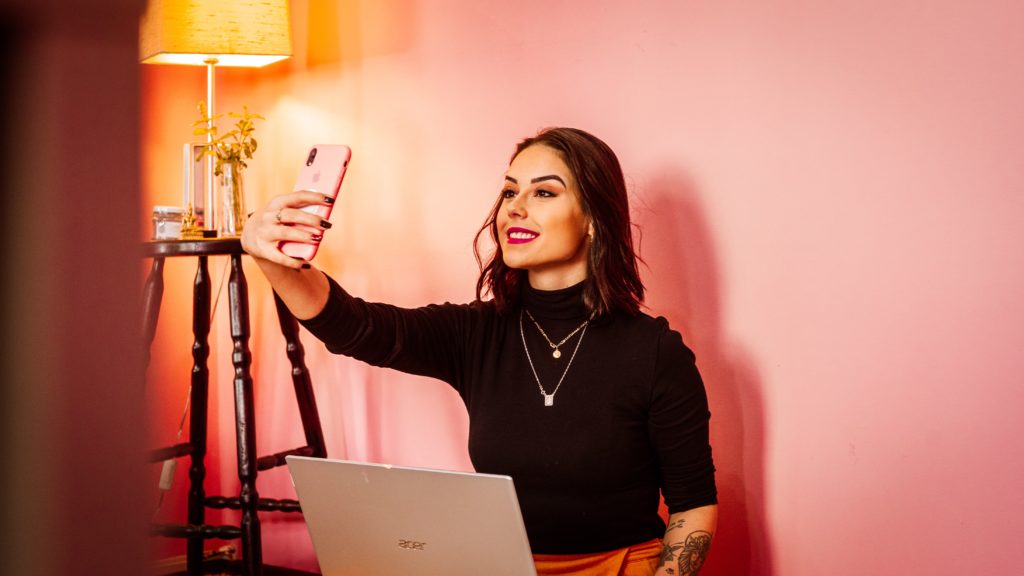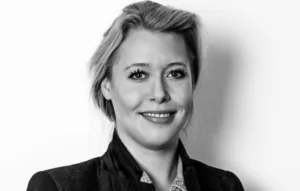Earlier this month, ISBA, the representation and advocacy body for UK advertisers, launched an updated version of its Influencer Marketing Code of Conduct, with a focus on helping brands to deliver better diversity, equity, inclusion, and representation in their influencer activity. New Digital Age caught up with Rob Newman, Director of Public Affairs at ISBA, to find out more.
New Digital Age (NDA): Why did ISBA feel the need to refresh its Code of Conduct for influencer marketing?
Rob Newman (RN): When we launched it last September, we were clear at the time that it would be a living document, just as marketing itself is a living and evolving phenomenon. We knew we would want to keep pace with developments and new challenges that might arise.So we knew we wanted to keep up with developments and one of those developments is the pay gap that’s arisen in influence marketing, sometimes based on gender, but possibly most seriously based on race.
Some of the evidence we’ve heard, including from those who work most closely with influencers, is that some influencers themselves might not realise their worth and the amount that they can command for what they do. But, of course, it’s not the influencers’ fault that they don’t know what they can charge. We think it’s incumbent on brands to ensure that the fundamental principle of equal pay for equal work is consistently applied. When you couple that with the urgent need for the marketing industry to make progress on diversity, inclusion and representation, it was pretty obvious to us where we needed to focus in this refresh of the Code.
NDA: Are the inequalities seen in other parts of the marketing industry being replicated within Influencer Marketing?
RN: We have a structural problem with diversity and representation in senior roles across the marketing and advertising industry in general, leading to differentials in opportunity and mobility and pay. I suspect it might be particularly acute in influencer marketing because of the nature of the phenomenon, in part due to the lack of barriers to access. Anyone with a social channel can provide authentic opinion on products and can enter into relationships with brands.
The brilliant Charlotte Williams, who founded her talent agency SevenSix with diversity as its focus, told us that influencers often don’t recognise that they’re part of the advertising marketing industry. They just think they’re doing something that they love and they’re giving their view, rather than building their personal brand. That lack of awareness about what they can command and their place in the ecosystem needs to be addressed.
It’s incumbent on brands to be collaborative and to work with influencers to address those pay gaps and inequalities. A golden thread running through the refreshed Code of Conduct is collaboration. When you’re putting a campaign together, you should be co-designing it with the talent you want to work with.
We think to help address this problem, brands need to make sure that they’re working with a diverse pool of talent. And they should also be thinking about their own marketing teams as well. How diverse are they? Are they in a position to create diverse campaign briefs? Are they working from the lived experience of someone from a diverse background?
NDA: How does ISBA plan to promote the refreshed Code of Conduct?
RN: We’re making it freely available beyond ISBA members. We wanted this to be something which was available to the whole of industry as a best practice guide. It’s a tripartite code for brands, for agencies and for influencers themselves. We hope that it’s something which will drive transparency across the piece and help to create a rising tide, driving trust and greater representation throughout our industry.









